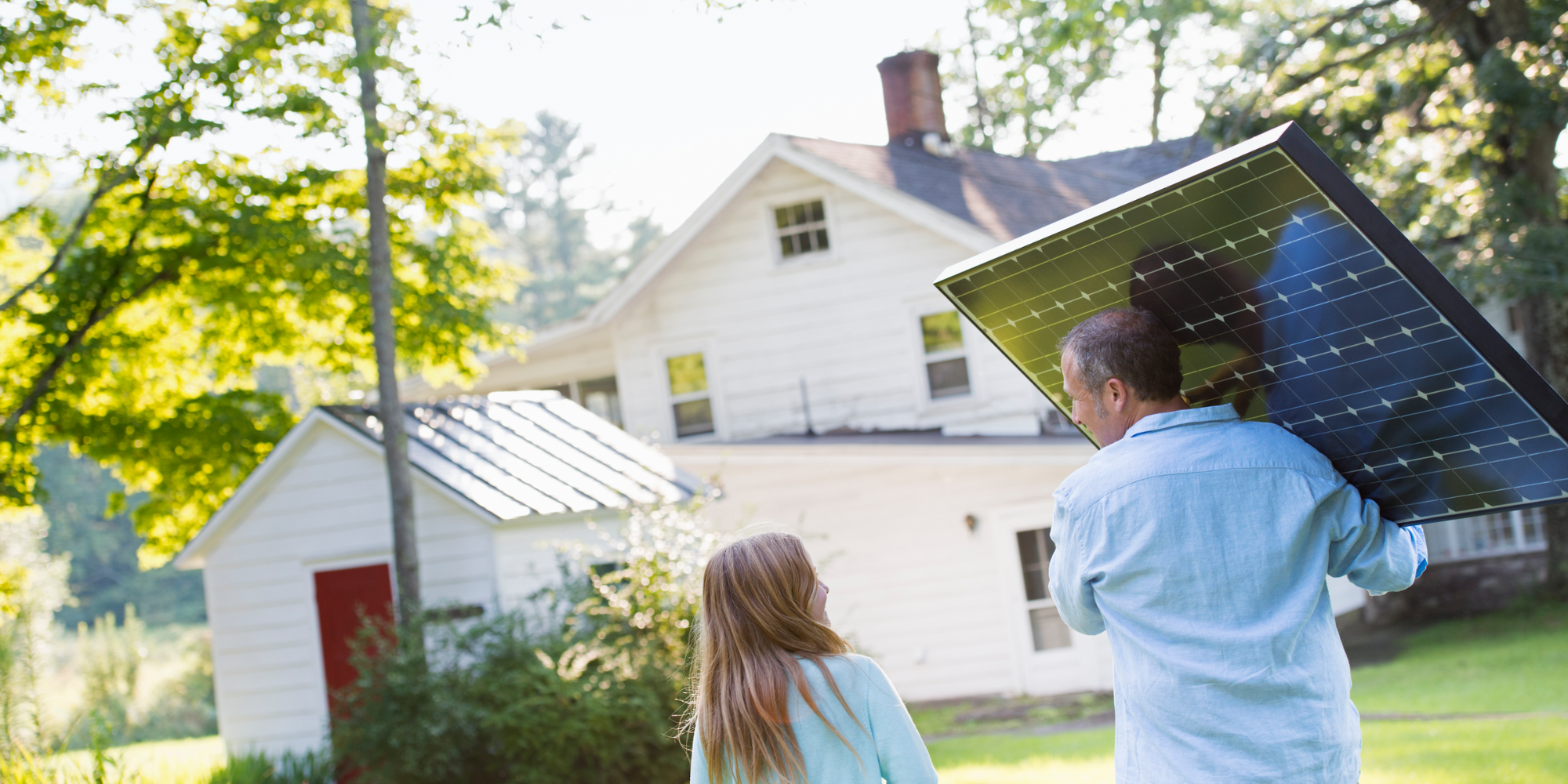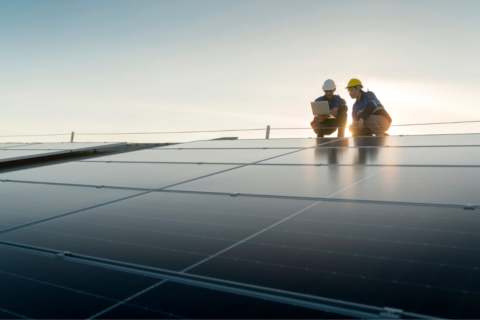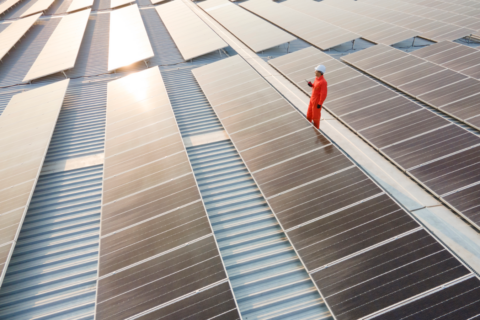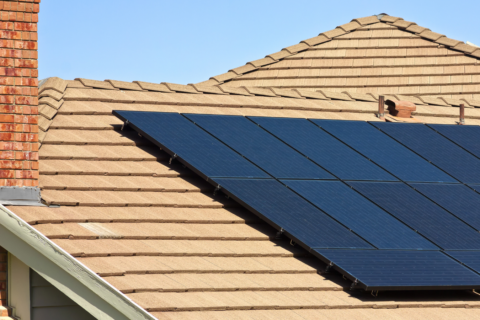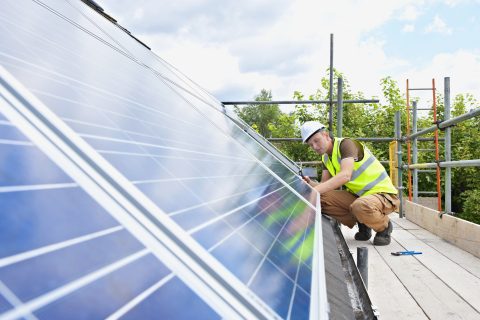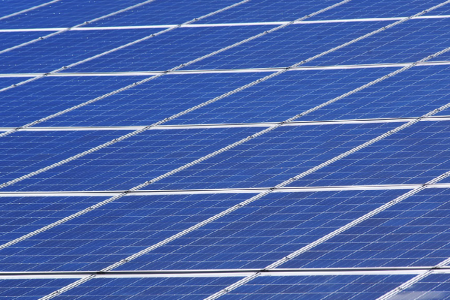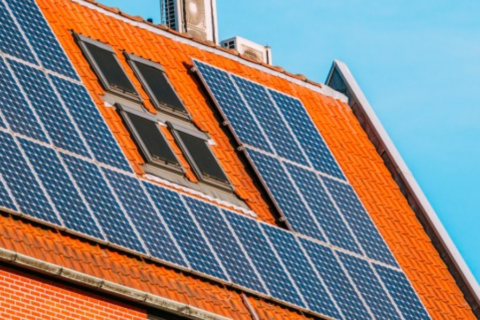With solar energy becoming more economical in the past few years, communities of all sizes are looking to take advantage of its benefits. Communities can gain energy independence, minimize outages during natural disasters and reduce energy burden on low-income residents, all while advancing climate and sustainability goals. More local leaders and planners are discovering that solar development is not synonymous with urban development — there are ways to encourage solar installations while maintaining the character and established economy of small and rural towns.
Strategies for Solar in Rural Communities
- Support and allow co-location of solar panels with agriculture and pollinator plants. Landowners can produce some crops and raise livestock on the same land as solar, providing two revenue sources. This may mean double-checking that your zoning regulations allow for such land usage.
- Prioritize solar development on brownfields, such as landfills and former industrial sites. Since this land is not suitable for other types of development, it can be leased for solar development to increase locally installed solar capacity while generating revenue. Waukegan, IL will have 20,000 solar panels installed mid-2023 on a former landfill, creating enough energy to power about 1,000 homes.
- Include large-scale solar in your zoning regulations. It’s helpful to be specific about where development is allowed (e.g., commercial, industrial, low productivity agricultural land). This allows for a more predictable approval process and consistent development in your jurisdiction. La Crosse, WI includes solar farms in their municipal ordinance, noting their conditional use in specific zoning districts, and is also a great example of native pollinator plant requirements.
Funding for Solar
- The Department of Energy’s Energy Improvements in Rural or Remote Areas Program provides grants to cities and towns with less than 10,000 in population for a wide range of renewable energy and energy efficiency projects, including solar.
- Rural Energy for America Program provides loans and grants to small businesses and rural producers to install renewable energy systems or make energy efficiency improvements. Municipal electric utilities serving rural customers may qualify as a small business under this program.
- Third-party ownership models allow private developers to own and maintain solar installations on the customer’s land, while the customer makes payments to use the energy produced. Power purchase agreements and solar leases are two of the most popular financing agreements. Third-party ownership is popular because there are no upfront capital or maintenance costs of the system, and the power or lease payments are usually less than what the customer would pay their utility.
- The Inflation Reduction Act includes a direct pay provision that provides municipalities investing in and producing clean energy with a direct payment option in lieu of tax credits.
If you are interested in learning more about the role of municipal government in creating an enabling environment for solar development, visit SolSmart.org. NLC and its partner organizations provide completely free technical assistance through the SolSmart program. Also, read Five Ways to Encourage Solar Energy in Your Community for more ways to promote solar energy use in your municipality.
